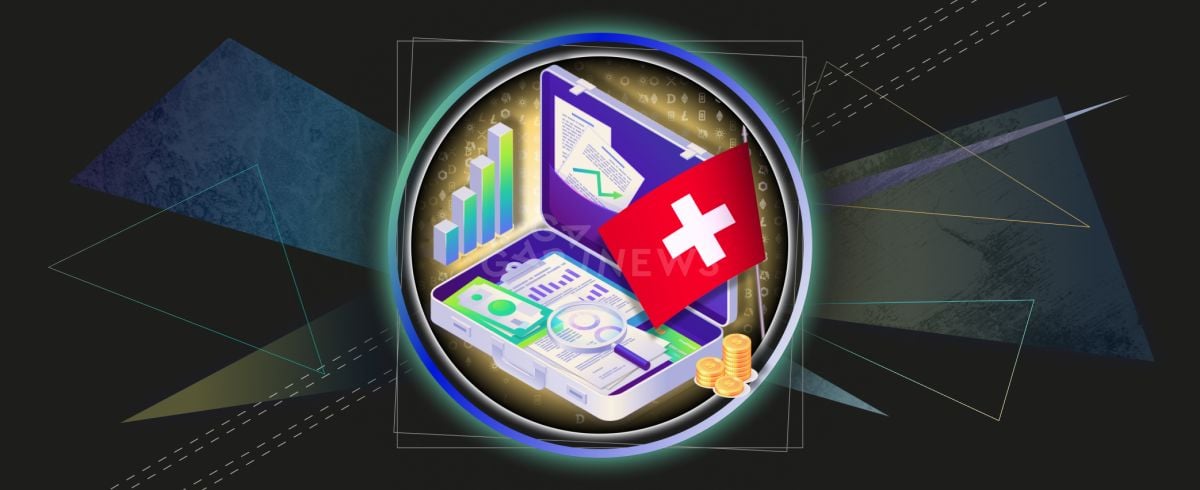Credit Suisse, Pictet, and Vontobel have tokenized their products

Swiss banks Credit Suisse, Pictet, and Vontobel have issued tokenized financial instruments on the Ethereum blockchain testnet. The digital investment products are traded on the BX Swiss exchange, which is regulated by FINMA.
Vontobel and Pictet have issued tokenized equity certificates, representing a basket of securities. And Credit Suisse has issued structured notes, a derivative financial instrument that can be backed by any asset.
The banks conducted Proof-of-Concept, which involved:
- issuance of tokenized securities on the Ethereum test blockchain;
- fiat trading in digital financial instruments on the regulated BX Swiss exchange;
- settlement of transactions through smart contracts.
The first results of the trial showed that all the operations were completed in a few hours. In a traditional financial model, without the use of blockchain, they would take several days.
The banks used the CMTA token standard and the CMTAT smart contract, developed by the Capital Markets and Technology Association, to tokenize their investment products. Transactions were settled using an on-chain mechanism, which secures the obligations of the parties.
Trades in tokenized securities were settled in the Swiss franc through the DLT2Pay payment bridge, which connects the blockchain to the Swiss Interbank Clearing (SIC) and the Real-Time Gross Settlement (RTGS) system.
The process, safety, and technical aspects were managed by Taurus, whose technology was used to issue and manage structured notes.
This proof of concept demonstrated that trades carried out on-exchange can be settled on a public blockchain directly between participants,said Matthias Müller, Head of Markets at BX Swiss.
It is no longer necessary for the parties to secure a transaction by transferring tokens or cash to the exchange ahead of trade. This is a significant advantage in terms of speed, cost, and risk management,said Matthias Müller, Head of Markets at BX Swiss.
The transactions carried out today clearly establish that products tokenized on a public blockchain can be traded on regulated trading platforms and that the settlement of transactions on tokenized products can be carried out in fiat currencies without creating any counterparty risk,said Daniel Gorrera, Head Digital Assets at Credit Suisse.
Steve Blanchet, Head of Group Technology Strategy and Innovation at Pictet Bank, added:
Tokenization is a key strategic element for the future of asset management. It enables issuers to streamline the processes that govern the creation of investment products in a way that is currently not achievable with traditional infrastructures, and to drastically reduce time-to-market. With the solutions we tested in the proof of concept, processes that are currently matters of days can be reduced to a few hours, and eventually down to minutes or less.
Testing of tokenized investment products shows that the financial industry recognizes the benefits of blockchain: efficiency, cost savings, and automation of the trading process. The distributed ledger technology enables greater liquidity due to ease of access and instant settlement. In addition, blockchain eliminates the need for all of these middlemen (a central counterparty and a central securities depository).
The proof of concept proved that a Swiss trade infrastructure has an alternative that does not require centralization and offers banks a profitable advantage.
It's worth noting that the European Investment Bank, Société Générale, and Santander have already issued tokenized products on the Ethereum blockchain.
Recommended

